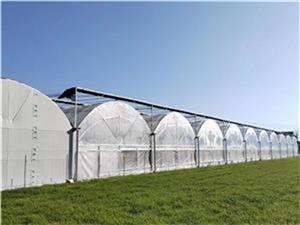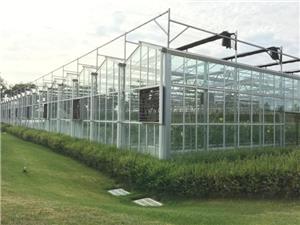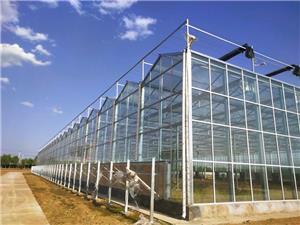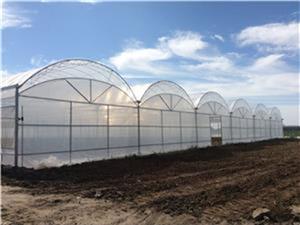Characteristics of the Ventilation System for Semi-Enclosed Intelligent Greenhouse Buildings
In greenhouse technology, semi-enclosed intelligent greenhouses have become the preferred choice for balancing precise control and energy consumption balance due to their positioning "between traditional open windows and fully enclosed greenhouses". Their core advantages stem from the ventilation system that is "mainly active control with natural ventilation as a supplement", including three key features.
✅ 1. Positive pressure EC fan ventilation: 20Pa positive pressure to prevent pests and diseases
The core of semi-enclosed greenhouse ventilation lies in the combination of the climate chamber and the positive pressure EC fan. This improves the "cleanliness" of the greenhouse from the source. The outside air first passes through the climate chamber for filtration, temperature adjustment, and humidity control, forming clean air; then it is sent into the greenhouse through the fan duct, maintaining approximately 20Pa positive pressure inside the greenhouse. The positive pressure environment keeps the internal air pressure higher than the outside, making it difficult for dust and insect eggs to enter through the gaps, significantly reducing the risk of pest and disease transmission. Compared to the natural ventilation in traditional greenhouses where "pollutants freely enter", this design is like adding a "protective shield" to the greenhouse, allowing for reduced pesticide use and lower management costs when growing crops.
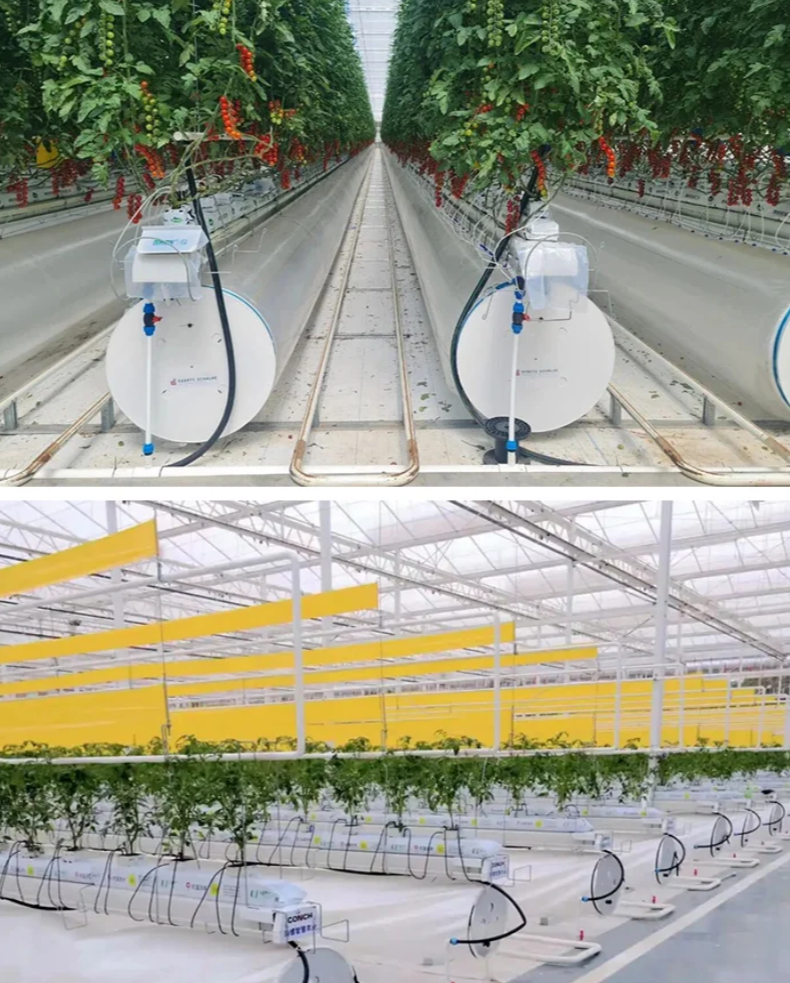
✅ 2. PE ventilation belt ventilation: Uniform climate inside the greenhouse
Traditional greenhouses often have uneven ventilation, resulting in "lower temperature near the ventilation opening and higher temperature far from the opening", causing uneven growth of crops. The PE ventilation belt design in semi-enclosed greenhouses perfectly solves this problem. Air enters the PE ventilation belt through the wind duct and quickly spreads throughout the greenhouse through small holes in the belt body. The PE ventilation belt is laid along the width direction, covering no dead zones, and has high ventilation efficiency, allowing the temperature and humidity inside the greenhouse and the concentration of CO₂ to reach a consistent state within a short time, avoiding the situation of "cold on one side and hot on the other". For large-scale planting, the uniform environmental conditions can improve the yield of crops and are an important reason for its popularity.
✅ 3. Low ventilation rate top window: Active control as the main approach, supplemented by natural ventilation
Although semi-enclosed greenhouses retain top windows, their ventilation rate is much lower than that of traditional Woonrode greenhouses. The ventilation rate of traditional Woonrode greenhouses is 20%-30%, relying on natural ventilation; while the top window ventilation rate of semi-enclosed greenhouses is only about 10%, with natural ventilation serving as an "auxiliary" only. During spring and autumn when the external climate is suitable, if the temperature inside the greenhouse is slightly higher, the top window can be briefly opened to borrow natural wind for cooling, reducing the energy consumption of the active system; or when the CO₂ concentration inside the greenhouse is insufficient, a small amount of outside air can be introduced to supplement. This design allows the greenhouse environment to be precisely controlled by the system most of the time, unaffected by extreme weather, and can also utilize natural ventilation for energy saving, achieving a balance between "precision" and "low cost".
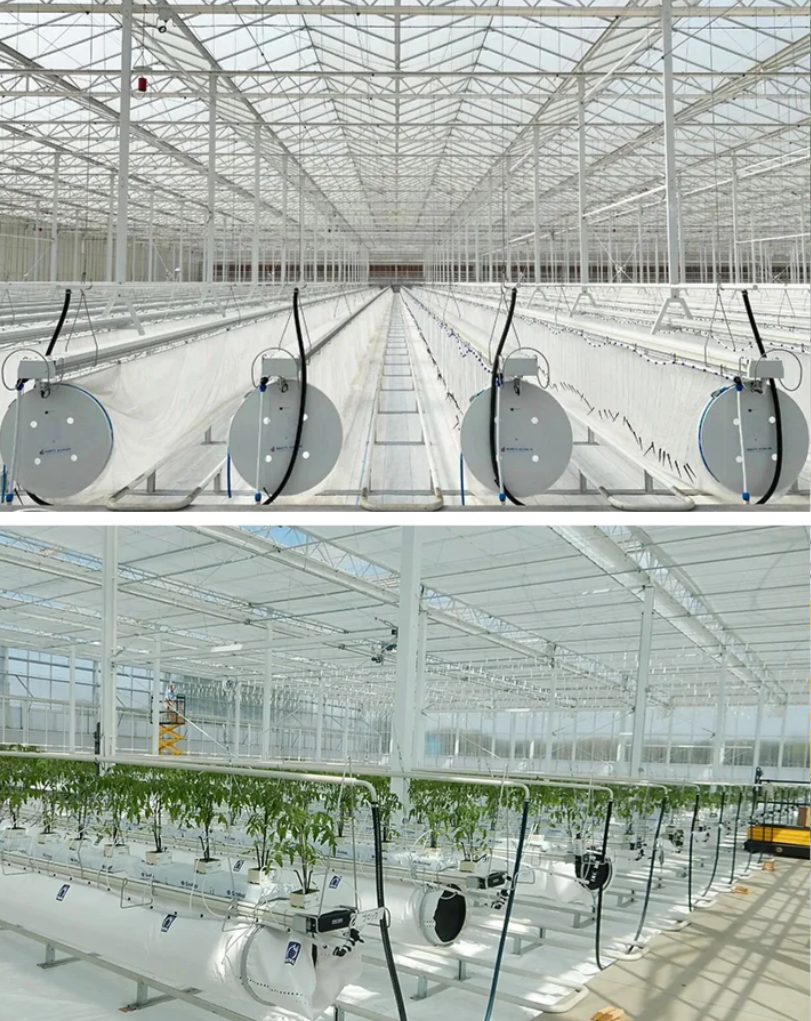
The three characteristics of the ventilation system in semi-enclosed greenhouses are essentially optimizing "environmental control efficiency", positive pressure for cleanliness, PE ventilation belt for uniformity, and low ventilation rate top window for controllability. It is suitable for high-value crop cultivation and meets the needs of large-scale planting, and is an important development direction of modern agricultural greenhouses.

